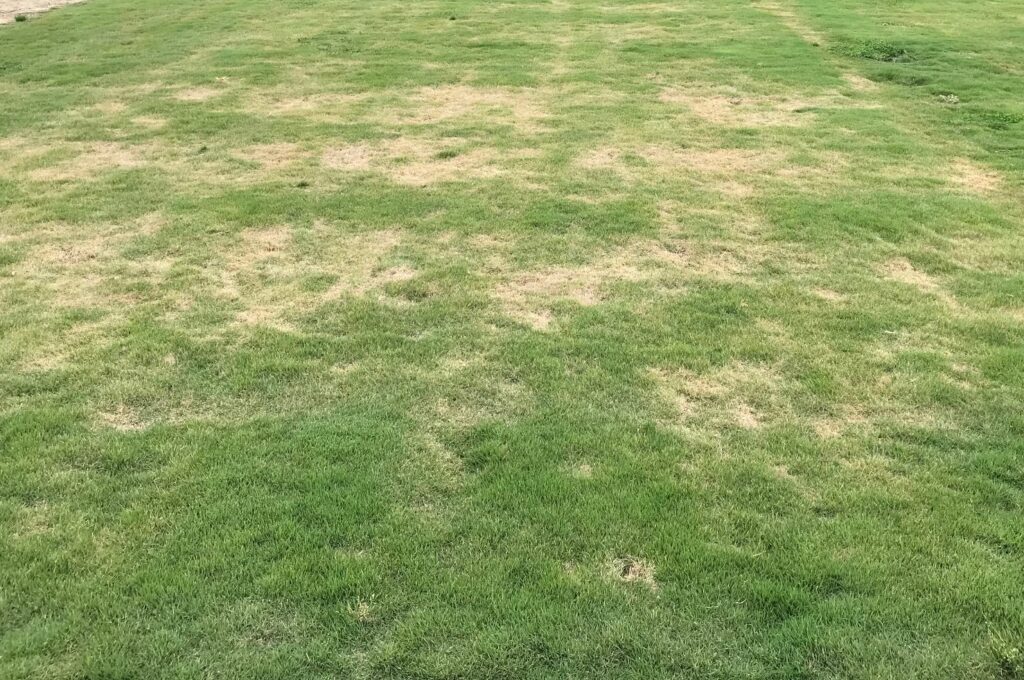
As we transition into late spring and early summer, you may notice some lawns showing signs of drought stress, appearing a bit tan and less vibrant. Rising temperatures and a lack of sufficient rainfall can lead to these issues. We’ve put together some tips and recommendations to help you keep your lawn healthy and lush.
Understanding Drought Stress
Drought stress occurs when lawns do not receive enough water to meet their needs. This can be particularly problematic during periods of high temperatures and low rainfall. When your lawn is under drought stress, it may:
- Turn a tan or brown color
- Show signs of wilting
- Feel dry and brittle to the touch
Watering Recommendations for Warm-Season Lawns
To combat drought stress, it’s essential to water your lawn correctly. Most warm-season lawns, such as Centipede, Zoysia, Bermuda, or St. Augustine, should be watered at least once every other day in the early morning. Here are some specific guidelines:
- Frequency: Water your lawn at least once every other day.
- Timing: Early morning watering is ideal to reduce evaporation and ensure the water reaches the roots.
- Amount: Your lawn will require about 1.5 inches of water per week during the growing season to maintain good color and growth.
Consider Your Lawn’s Specific Needs
The exact amount of water your lawn needs can vary depending on several factors:
- Soil Type: Sandy or hard clay soils may require more frequent watering.
- Sun Exposure: Lawns growing in full sun may need daily irrigation during arid periods.
Checking Your Irrigation System
If you have an irrigation system and notice dry areas even after several days of watering, it may be time to inspect your system. Here are a few steps to ensure your lawn is getting adequate water:
- Adjust Irrigation Heads: Ensure the heads are properly aligned and cover the lawn.
- Check for Obstructions: Larger plants or landscaping features may block water distribution.
- Monitor Coverage: Ensure all lawn areas receive equal water distribution.
Need Help?
If you have any questions or need further assistance, please don’t hesitate to contact us. We’re here to help you achieve and maintain a beautiful, healthy lawn.


